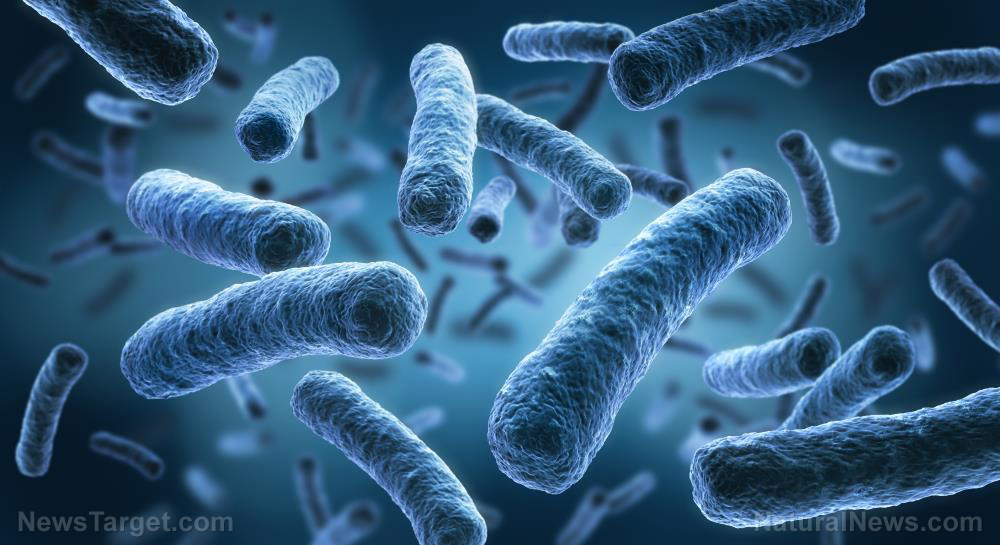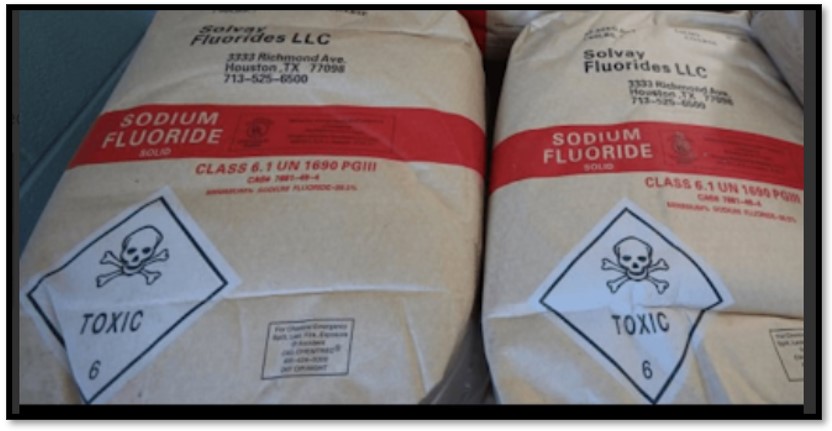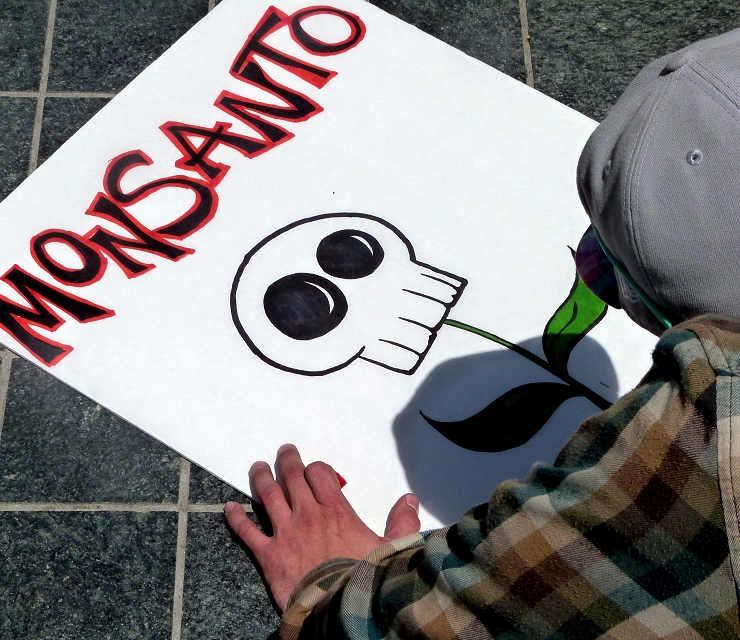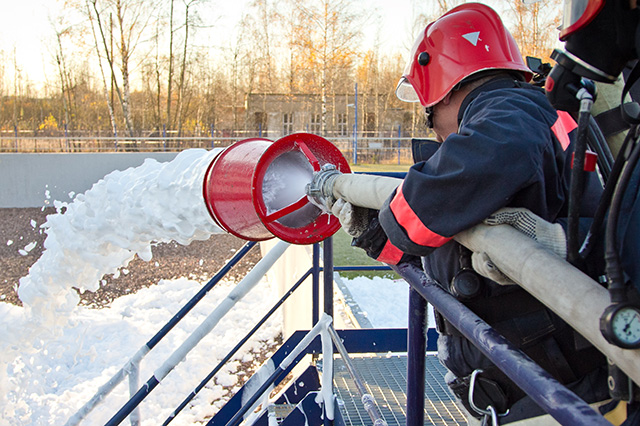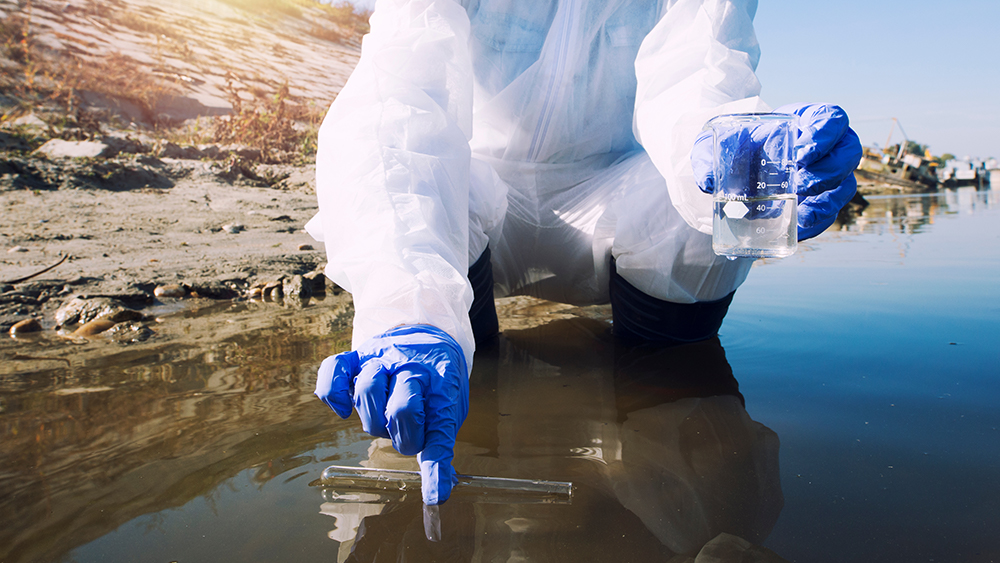Heat turns everyday plastics into a microplastic health crisis, experts warn
11/07/2025 / By Jacob Thomas
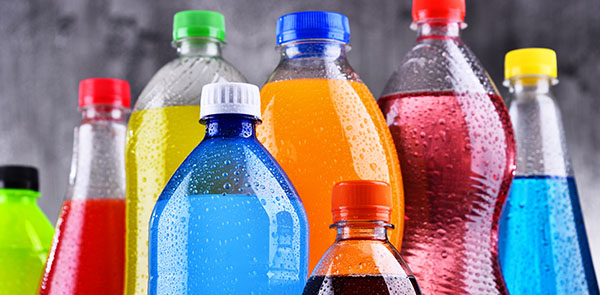
- According to experts, heat causes plastic to break down and shed microplastics much more quickly. This makes reheating food in plastic containers or drinking hot liquids from plastic-lined cups a primary source of exposure.
- The kitchen is a major hotspot for microplastic exposure, especially from heated plastics. Similarly, washing synthetic fabrics in hot water releases millions of microplastic fibers.
- Microplastics are linked to a range of severe health issues, including a 4.5 times higher risk of heart attack, stroke or death, as well as colon cancer and fertility problems like lower sperm counts.
- These tiny particles are pervasive, having been found in human blood, organs like the brain and testicles and embedded in arterial plaques.
- Consumers can significantly reduce their exposure by avoiding heating plastics, using glass or stainless steel for food and drinks, and washing clothes in cold water with specialized filters.
In a world increasingly saturated with plastic, a silent and pervasive invader is accumulating in our bodies, with scientists now tracing a direct path from everyday habits to serious health risks. New evidence reveals that simple actions like drinking a hot coffee from a disposable cup or washing clothes in hot water are dramatically increasing our exposure to cancer-causing microplastics.
According to BrightU.AI‘s Enoch, “microplastics are these tiny toxic particles, some a fraction of the width of a human hair, have been found in the blood of nearly 80 percent of people studied and deep within organs, including the brain and testicles.” They have been linked to a daunting list of health issues, from heart disease and fertility problems to thyroid and colon cancers. But experts say a primary defense is surprisingly straightforward: avoid heating plastics.
“The kitchen is basically ground zero for all microplastic exposure,” according to Ravyn Williams, an internal medicine physician assistant in Los Angeles. The advice from Williams and other researchers is clear: never reheat food in plastic containers. “And even if it says BPA-free, these plastics shed microplastics when exposed to heat,” she warns.
The science behind this is simple. Heat energizes plastic, making it break down and shed particles more readily. Max Pennington, a polymer science researcher, explains: “Heat increases the amount of energy on something. It can soften it. It can loosen it. It can make the molecules move around faster.” This means the hotter a plastic item gets, the faster it releases microplastics into your food or water.
It’s time to build a meaningful defense against this invisible invasion
This principle extends beyond the kitchen. In the laundry room, washing synthetic fabrics like polyester in hot water releases millions of microfibers, with a single hot load shedding hundreds of thousands more particles than a cold wash. Experts now recommend washing in cold water whenever possible and consider installing specialized filters.
The risk is particularly potent in beverages. A recent U.K. study tested a range of drinks and found not a single one was free of microplastics. More alarmingly, it discovered a direct link between temperature and contamination. Heat acted as an accelerator, with a single liter of hot tea containing 60 microplastic particles, double the amount found in iced tea.
“From a personal exposure perspective, drinking a hot cup of coffee in a plastic cup or even, a lot of people don’t realize that paper cups have a plastic lining,” can be risky, Pennington said.
The health implications of this constant exposure are coming into sharper, more frightening focus. A landmark 2024 study found microplastics embedded in the fatty plaques of patients’ arteries. Those patients were 4.5 times more likely to suffer a heart attack, stroke or die within three years. Another analysis found that microplastics exhibit key characteristics of carcinogens that can lead to colon cancer by triggering chronic inflammation.
The threat even extends to human fertility. Researchers at the University of New Mexico found microplastics in human testicular tissue, with higher levels of particles associated with lower sperm counts in canine samples.
While the scale of the problem is vast, the solution begins at home. By making simple swaps, using glass or stainless steel for food storage and reheating, choosing cold water washes for laundry and avoiding hot drinks in plastic-lined cups, consumers can build a meaningful defense against this invisible invasion, potentially staving off a cascade of future health crises.
Watch this video to learn more about how microplastics are secretly invading your body.
This video is from The Prisoner channel on Brighteon.com.
Sources include:
Submit a correction >>
Tagged Under:
This article may contain statements that reflect the opinion of the author


